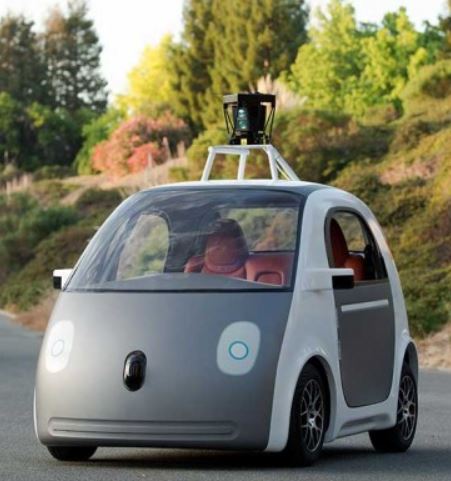
Google Prototype self-driving low-speed vehicle.
My colleague recently penned an article exploring the nexus of self-driving cars and golf car-type vehicles. Some of the key takeaways:
- Hardware costs are dropping precipitously and may soon be within striking distance of being affordable for golf car type vehicles.
- Golf car manufacturers are already exploring the technology and in some cases conducting testing.
- Other companies are using GEM vehicles as self-driving test vehicles.
- Gated communities with low speed vehicles provide a lower complexity environment that is more conducive to self-driving solutions.
- Self-driving technology could expand potential growth avenues in non-golf car markets, an area of focus for golf car manufacturers
The article points to gated communities and urban fleets as potential market segments for deployment of self-driving technology. There are also other potential market impacts not addressed in the article that this technology can have.
For one, self-driving technology could provide an impetus for LSVs sales in the personal transportation sector. Purpose made LSVs have not quite reached their potential in this segment due to the relative cost of LSVs compared to the available market alternatives such as used golf cars, golf cars modified to be LSV compliant, customized golf cars and new golf cars. Put simply, not enough customers have found the additional price of LSVs to be worth the additional benefits. LSVs for personal transportation have done best where local regulations have favored them such as where golf cars or modified golf cars are not allowed on public roads but LSVs are, or where night time driving or other driving restrictions require LSV compliant technology.
Self-driving technology could be a differentiator for personal transportation LSVs. Since they are higher priced, LSVs are likely to feature self-driving technology before traditional golf cars. While it is possible existing golf cars could be retrofitted with self-driving technology, it may prove cost prohibitive and, more importantly, likely to encounter regulatory issues. It’s one thing to slap on some lights and an auto-style windshield, it’s quite another to install the software and hardware components necessary to create a self-driving vehicle, not to mention supporting the system with updates moving forward.
Regulatory issues brings to mind another consideration in regard to self-driving technology, medium speed vehicles (MSVs). While a few states in the US allow medium speed vehicles, at the Federal level NHTSA has never created a MSV classification and, in fact, has strongly opposed the idea on safety grounds. A MSV would require prohibitively expensive safety features akin to a highway capable vehicle.
Can self-driving change this dynamic? It is a possibility worth considering. In January, 2017 NHTSA completed their investigation (PDF file) of Tesla’s Autopilot and Automatic Emergency Braking (AEB) system, which was initiated following a fatal crash of a Tesla with a tractor trailer in Florida. Their conclusion was that, “A safety-related defect trend has not been identified at this time and further examination of this issue does not appear to be warranted.” However, for the purposes of this discussion, the most important finding of the report was related to Tesla vehicles before and after they had Tesla’s Autopilot Technology Package (ATP) installed at purchase or through updates. “The data show that the Tesla vehicles crash rate dropped by almost 40 percent after Autosteer installation.”
This is an astonishing drop, and even more so considering it does not take into account whether Autopilot was in use. Therefore, this improvement is likely a conservative finding. The question is straightforward. Can MSVs use self-driving technology to make them safe enough to pass NHTSA’s regulatory rigor? Why rely on a package of older and likely more expensive safety technology to improve MSV safety when a potentially cheaper and possibly more effective solution is on the horizon. It may soon be time to revisit the possibility of creating an MSV classification, which could open up a range of potential growth markets.
Marc Cesare, Smallvehicleresource.com
